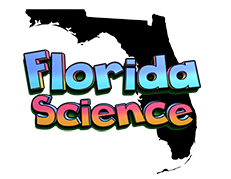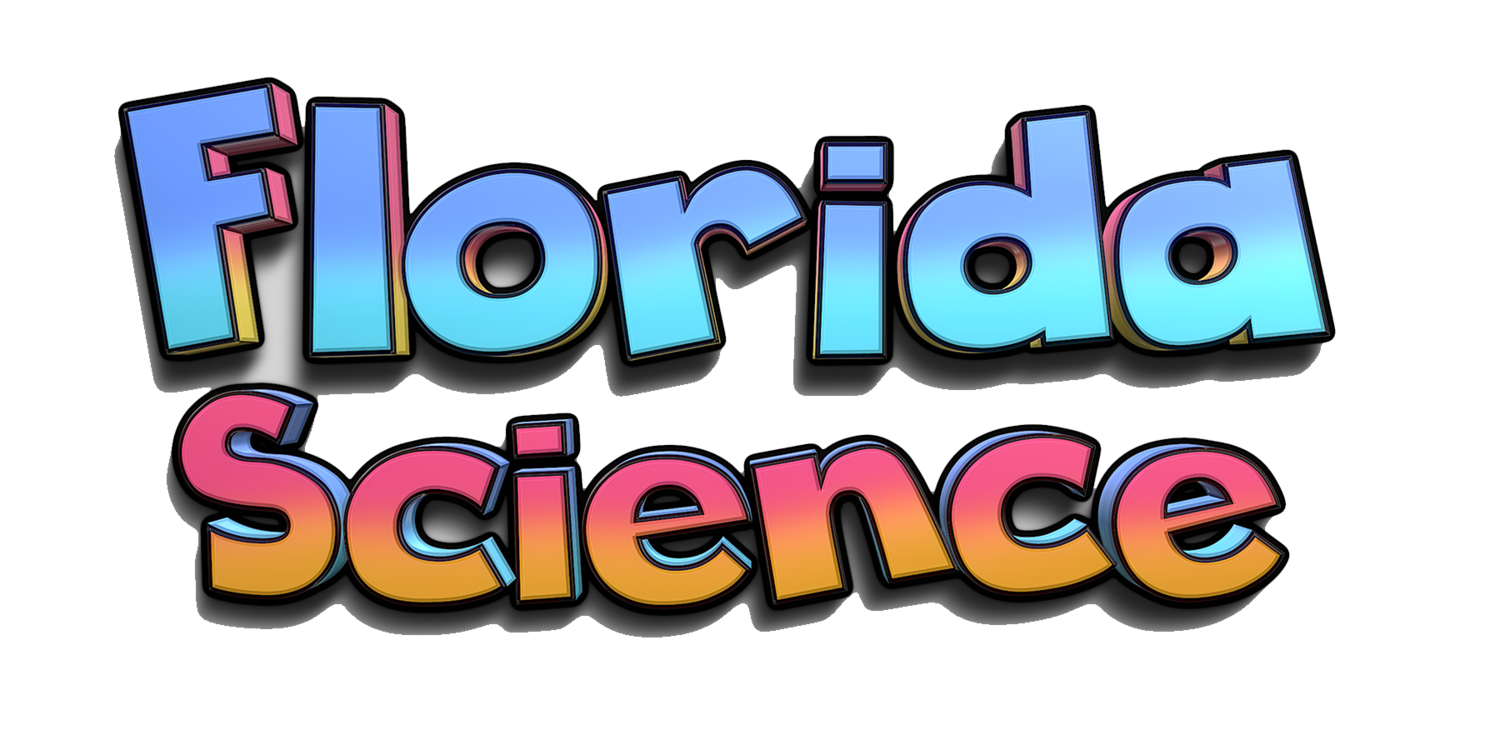SC.5.E.7.1 The Water Cycle
SC.5.E.7.1: Create a model to explain the parts of the water cycle. Water can be a gas, a liquid, or a solid and can go back and forth from one state to another.
Where can water be found?
For most of Florida there are only two seasons: the rainy season and the dry season. For the months of May through November, rain falls almost every day. By December the daily rains have stopped, and little rain falls again until May.
When the rain falls, you may have noticed that it is fresh water. Even though most of the water on Earth is salt water in the oceans, rain falls from clouds as fresh water. The clouds that the rain is falling from may have moved water great distances across the Earth. Sometimes clouds form and rain falls in the same place the cloud formed.
Water exists on Earth in three states: solid, liquid, and gas, and can move back and forth from one state to another. The water cycle causes these changes and moves water around the surface of the Earth.
Liquid water can be found in oceans, lakes, rivers, swamps, and marshes. The heat of the Sun provides energy to evaporate water from these sources. Evaporation is the change of liquid water to a gas: water vapor. The heat of the Sun also warms the air. As air warms, it begins to rise into the atmosphere. The atmosphere is the blanket of air surrounding the Earth. As air rises, it begins to cool. Water vapor that cools will begin to condense or change beck into a liquid. Tiny droplets of water will form as water vapor cools and condenses. These droplets are small enough to float in the air. This is what forms clouds: tiny droplets of water floating in the air. If you have ever wondered what a cloud looks like, you only have to go outside on a foggy morning. Fog is a cloud that has formed at ground level.



